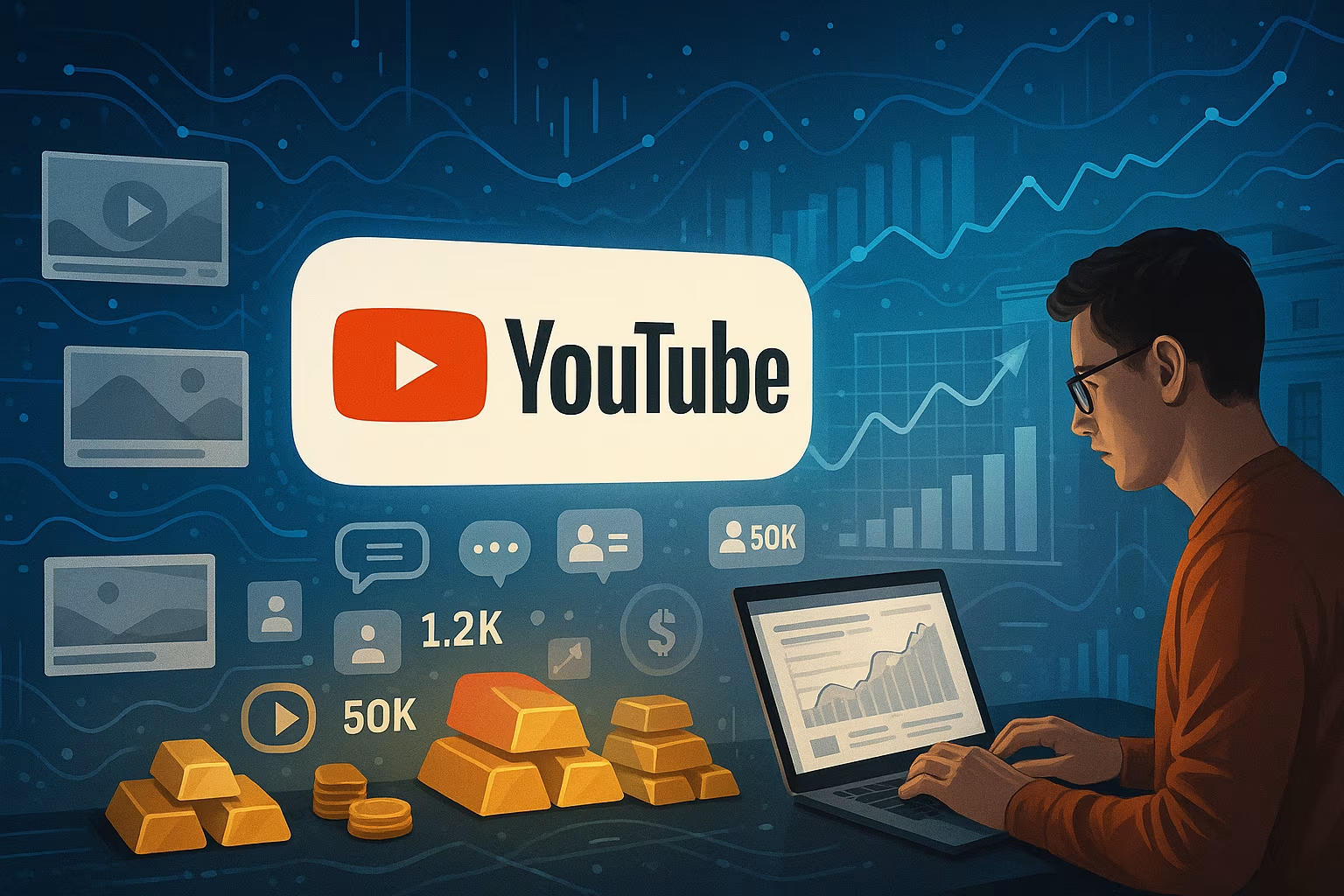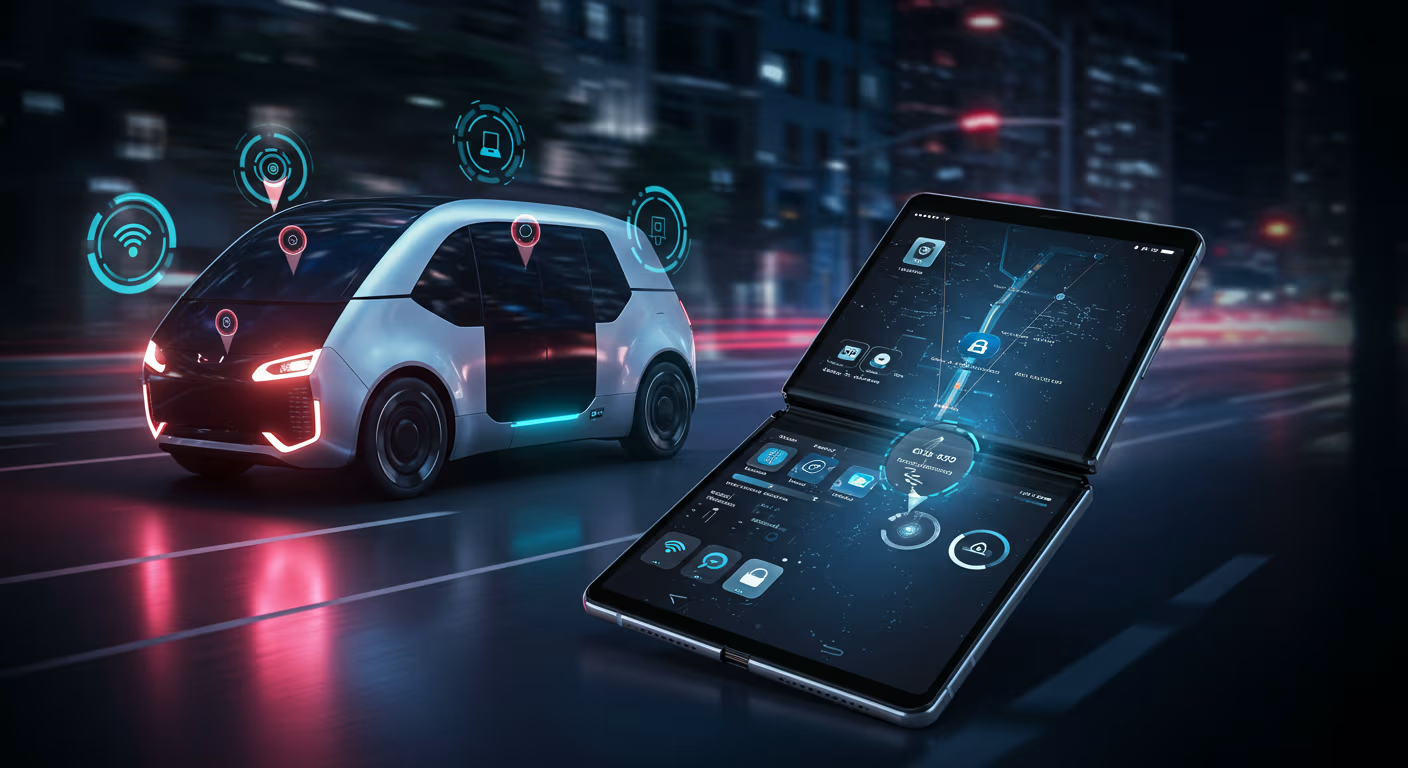In the dynamic world of online video, no force is more powerful — or more mysterious — than YouTube’s algorithm. For creators in 2025, understanding how this algorithm works isn’t just helpful, it’s critical to success. Whether you’re a seasoned YouTuber with a million subscribers or just getting started with your first upload, the key to visibility, growth, and monetization lies in how your content interacts with YouTube’s recommendation engine.
While the platform continues to evolve, the core principle remains the same: YouTube’s algorithm is designed to keep users watching. But in 2025, how it achieves that has become more nuanced, more personalized, and far more competitive than ever before. From AI-powered personalization to Shorts prioritization and search-based discovery, YouTube’s algorithm is more sophisticated — and more creator-dependent — than at any point in its history.
So what do you really need to know? Here’s a deep dive into how YouTube’s algorithm works today, and how creators can adapt their strategies to succeed in a changing digital video landscape.
The Algorithm’s Purpose: Viewer Satisfaction Above All
At its core, YouTube’s algorithm serves one master: the viewer. Every tweak, model update, or new feature is aimed at one thing — maximizing watch time and viewer satisfaction. The more satisfied viewers are, the more likely they are to stay on YouTube, and the more ads they’ll watch.
In 2025, the algorithm uses machine learning models that track behavior across multiple metrics — including what users click on, how long they watch, what they skip, what they rewatch, and even how they interact with comments or community posts.
Rather than pushing specific types of content, the algorithm focuses on showing the right video to the right person at the right time. This makes personalization the cornerstone of visibility.
2025’s Key Algorithm Signals
While YouTube doesn’t disclose every aspect of its algorithm, creators and analysts have identified several core signals that influence how your content is recommended:
- Click-Through Rate (CTR): How often users click on your video when it appears in their feed or search results.
- Watch Time: The total time viewers spend watching your video — the longer, the better.
- Average View Duration: A percentage-based look at how much of your video users actually watch.
- Engagement Metrics: Likes, comments, shares, saves, and subscriptions triggered after watching.
- User Behavior Patterns: What your audience tends to watch before and after your videos.
- Session Time Influence: If your video keeps people on YouTube longer overall, it gets rewarded.
These signals all interact with each other. For example, a high CTR paired with low watch time can signal clickbait — and hurt your ranking. On the other hand, even a modest CTR can perform well if the video drives long watch sessions and high retention.
The Rise of YouTube Shorts and Multiformat Strategy
YouTube Shorts, the platform’s short-form video competitor to TikTok and Instagram Reels, has exploded in popularity — and the algorithm is prioritizing them more than ever.
In 2025, YouTube treats Shorts and long-form videos differently but uses cross-platform signals to guide recommendations. For example:
- If a user watches multiple Shorts from a creator, they may start seeing that creator’s long-form content in their Home feed.
- Creators who use Shorts to hook interest or tease deeper content are finding higher conversion rates.
- Shorts now also influence search visibility, especially for trending topics or viral sound clips.
Creators are increasingly adopting a multiformat content strategy, blending Shorts for reach and virality with long-form videos for depth, monetization, and community building.
Search Is Still Powerful — And Now More AI-Driven
While most focus goes to the Home and Suggested feeds, search traffic remains one of the most reliable discovery tools, especially for evergreen content. In 2025, YouTube has introduced AI-generated search summaries, voice-powered queries, and improved natural language search — meaning your video titles, descriptions, and captions matter more than ever.
To win in search:
- Use clear, specific keywords in your titles — but avoid keyword stuffing.
- Write compelling but natural-sounding video descriptions with searchable phrases.
- Include relevant hashtags, both broad (#travel) and specific (#soloTravelIndia2025).
- Use automatic or uploaded captions to boost accessibility and semantic understanding.
The more context you give the algorithm, the more accurately it can surface your video to the right audience.
Personalization Is Everything
YouTube’s algorithm no longer recommends videos based only on popularity. In 2025, it’s about personal relevance, not universal virality. That’s why even small channels can go viral — if their content hits the right audience at the right time.
Key factors that influence personalization include:
- Watch history and patterns
- Device and time of day
- Geographic region and language
- Subscribed channels and recent interactions
To leverage this, creators should know their audience deeply, using analytics to identify viewer trends and adjusting content strategies accordingly. The better your content matches audience expectations, the more likely YouTube is to recommend it.
The Role of AI Tools for Creators
YouTube has increasingly rolled out AI-powered tools to help creators optimize their content. In 2025, these include:
- AI Title and Thumbnail Suggestions: Helping boost CTR based on predictive models.
- Content Gap Analysis: Recommending topics that your audience is searching for but not finding enough quality content on.
- Audience Retention Predictions: Visualizing where viewers may drop off in your video before you publish.
By embracing these tools, creators can now make data-informed decisions before uploading — not just after.
Community, Consistency, and the Creator Brand
While the algorithm plays a huge role in visibility, audience loyalty and branding remain the backbone of sustainable growth. YouTube now favors creators who:
- Upload consistently (not necessarily daily, but predictably)
- Build strong communities through comments, livestreams, and posts
- Foster repeat viewership, not just one-off virality
Creators with loyal followings generate more engagement, more session time, and stronger signals — all of which feed the algorithm and improve discoverability.
In short, algorithmic success and creator trust go hand in hand.
Common Mistakes That Hurt Performance
Even great content can get buried if creators make strategic missteps. In 2025, avoid these pitfalls:
- Misleading thumbnails or titles: They may get clicks, but low retention will hurt your future recommendations.
- Inconsistent posting schedules: Irregular uploads confuse the algorithm and your subscribers.
- Ignoring analytics: Metrics are feedback. Creators who fail to adapt lose momentum.
- Over-optimization: Chasing keywords or trends without aligning to your niche dilutes your brand.
YouTube rewards creators who provide consistent value to viewers — not those who try to game the system.
The Future of the Algorithm
Looking ahead, expect YouTube’s algorithm to continue evolving toward greater personalization, contextual understanding, and AI-enhanced discovery. Some emerging developments include:
- AI-generated chapter summaries and previews
- Real-time content moderation and comment filtering
- Integrated language translation for global reach
- Cross-platform promotion via YouTube Music, Podcasts, and TV
Creators who stay adaptable, embrace data, and focus on delivering high-quality, viewer-first content will continue to thrive — regardless of how the algorithm changes.
In 2025, mastering YouTube’s algorithm isn’t about hacks or shortcuts. It’s about understanding how viewer satisfaction, content relevance, and personalization shape every recommendation and ranking.
By focusing on quality, engagement, consistency, and strategic use of Shorts and search optimization, creators can build channels that not only grow — but endure.
Because in today’s YouTube ecosystem, it’s not just about being seen. It’s about being seen by the right people — and giving them a reason to come back.





